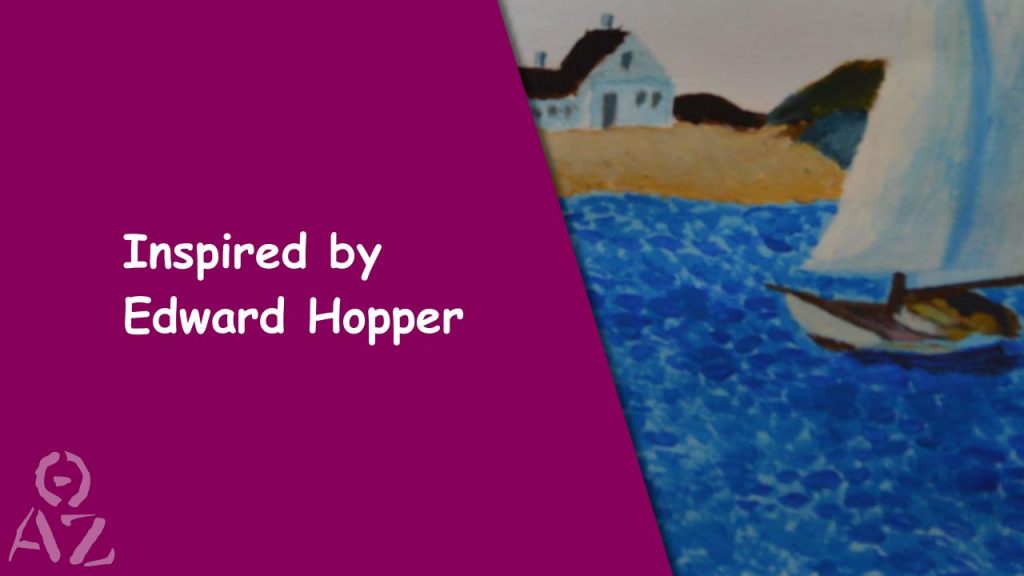
Edward Hopper was an American realist painter and printmaker. He was born in 1882 and grew up in a small town with a view of the Hudson River near New York City.
He found support in his art by his parents. They supplied him with materials, instructional magazines, and illustrated books. He was working in pen-and-ink, charcoal, watercolour, and oil.
After High school he took lessons in commercial illustration and later he transferred to the New York School of Art and Design. He studied under two famous artists. The American artist William Merritt Chase instructed him in oil painting. Robert Henri taught him to forget about art and paint pictures of what interests him in life.
During his student years, he painted dozens of nudes, still life studies, landscapes, and portraits.
Hopper’s work is divided in two major categories.
First, urban architecture and cityscapes inspired by the American life such as gas stations, motels, restaurants, theatres, railroads, street scenes and its inhabitants.
Second, rural landscapes and seascapes such as pure landscapes of rocks, sea, and beach grass, lighthouses, farmhouses and sailboats.
Hopper’s realism included simplified shapes and details and the use of saturated colours to heighten contrast and create mood.
He travelled in Paris and studied the work of French Impressionist masters Édouard Manet and Edgar Degas. As he remarked in 1962 : “I think I’m still an impressionist.”.
He was highly impressed by Rembrandt’s “Night Watch”, which he said was the most wonderful thing he has seen.
Hopper was a methodical artist who paid attention to geometrical design and the careful placement of human figures in proper balance with their environment.
As he said “It takes a long time for an idea to strike. Then I have to think about it for a long time. I don’t start painting until I have it all worked out in my mind. I’m all right when I get to the easel”
Both Hopper and his wife posed for the figures he painted. His wife, Josephine Nivison, was his favourite model.
Although he didn’t have formal students he was an influence for many artists. Hopper’s dramatic use of light and dark has also inspired filmmakers.
His studio was near Washington Square section of Manhattan in New York City where he lived most of his life devoted to his art.
